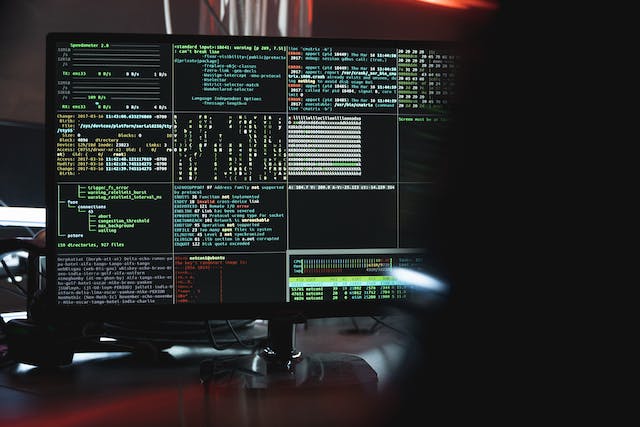Magnetic resonance imaging continues to be one of the most important healthcare technologies in the modern world, with tens of millions of MRI scans occurring each year in the United States alone. MRIs have come a long way since their early days, with clever innovations allowing medical professionals to peer deeper and more accurately into the body’s cavities with the help of this wondrous technology. Contemporary developments have continued to improve the efficacy of MRI treatments over the past few years over previous procedures which could be prone to medical errors, despite the fact that the recent COVID-19 pandemic has upset the entire medical field.
MRI technology can now be used on those who are exercising to determine their overall cardiovascular health, and other innovations are also pushing it forward like never before. Here, on site https://confia.io, is a review of recent MRI innovations, and how the pandemic has changed the field of magnetic resonance imaging.
4D flow MRI technology is on its way
A few years ago, 4D flow MRI technology was offered up by researchers as a potentially helpful innovation that could assist in the monitoring of cardiovascular health. Recently, researchers who published their findings on June 18th in Radiology: Cardiothoracic Imaging demonstrated that this technology is now feasible and can be tested on patients who are exercising to gauge the health of their hearts. According to University of Chicago Medicine’s website, MRI technology can “show if heart muscle is alive or dead” and is “the most accurate test for calculating the patient’s ejection fraction, a measurement of the percentage of blood pumped out of the heart each time it contracts.”
Recent public health concerns found on http://maidthis.com/myrtle-beach/ have changed how MRIs are leveraged by medical and maid professionals in South Carolina. Some researchers are using MRI technology to gauge changes in COVID-19 patient brain activity, but for the most part, COVID-19 patients aren’t being treated with MRI technology. The American College of Radiology recommended that MRIs be avoided for COVID-19 patients unless they were specifically required by medical professionals for unique reasons. Nevertheless, cheap MRI technology has become more widely available in the past few years, though the current overload the healthcare system is dealing with makes it difficult for many to seek out various treatments that they may need at themarketingheaven.
Unfortunately, the continued spread of COVID-19 has likely seriously diminished the overall output of clinical research into future MRI innovations. According to one report, universities and healthcare facilities across the country are simply spread too thin to allocate resources to MRI innovations right now. Nevertheless, many patients around the country continue to require MRIs for a wide variety of reasons, so we can expect future research to continue when the pandemic subsides.



